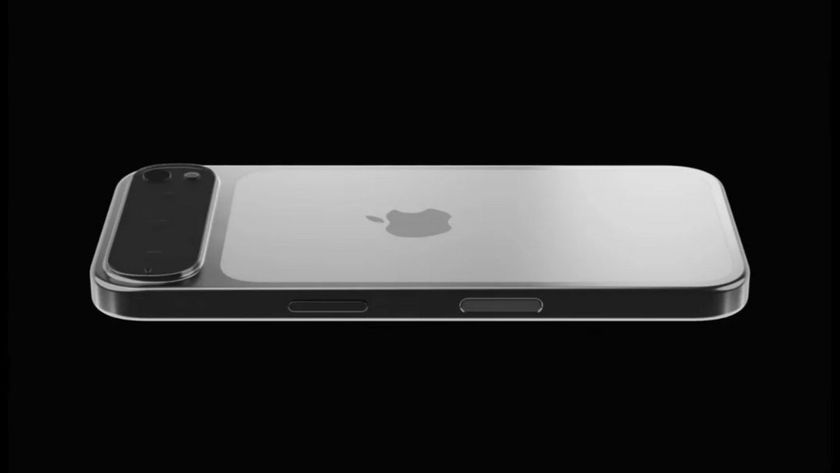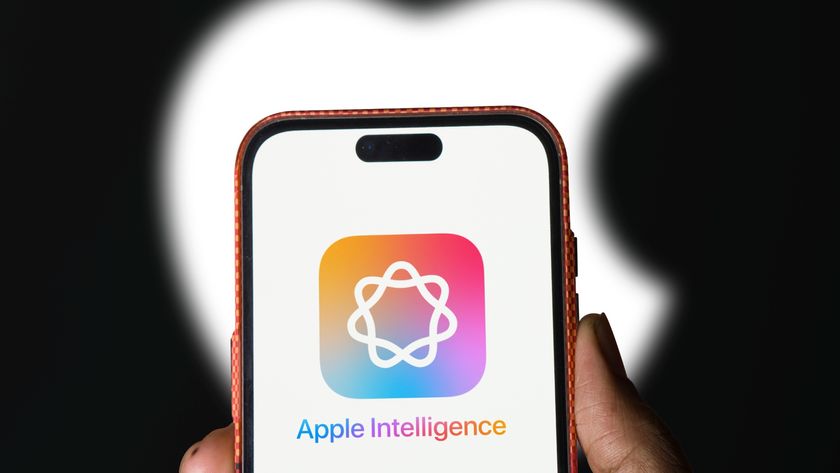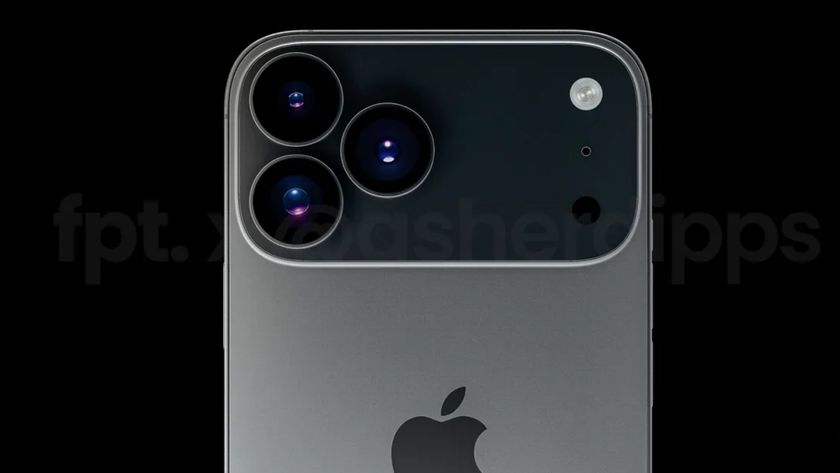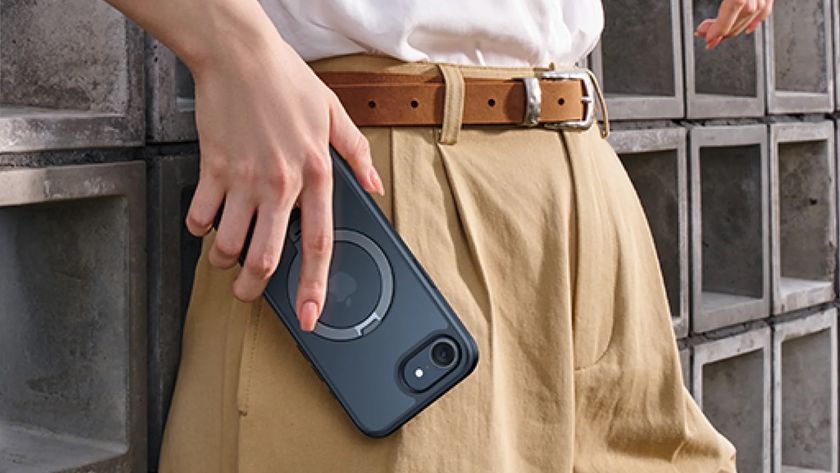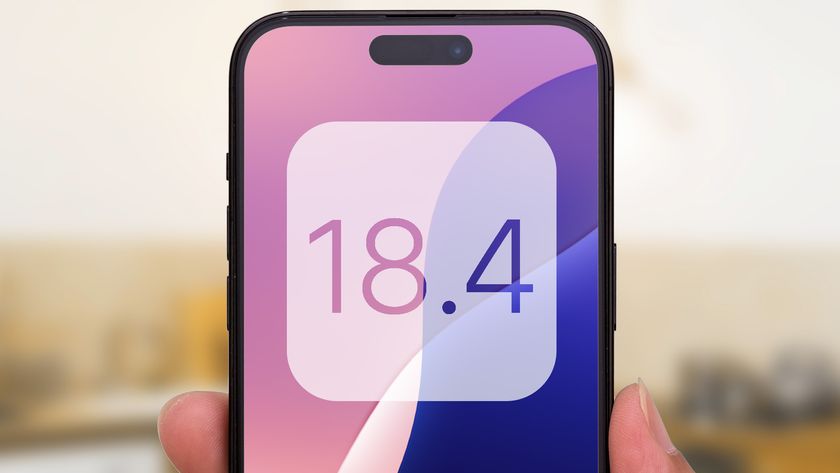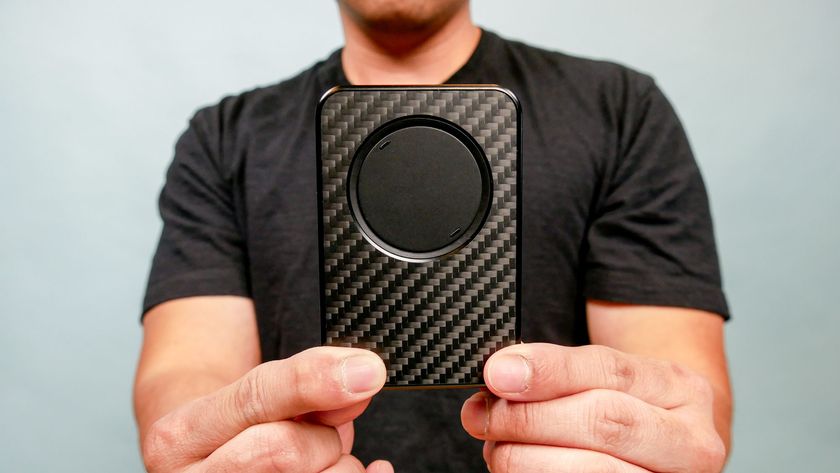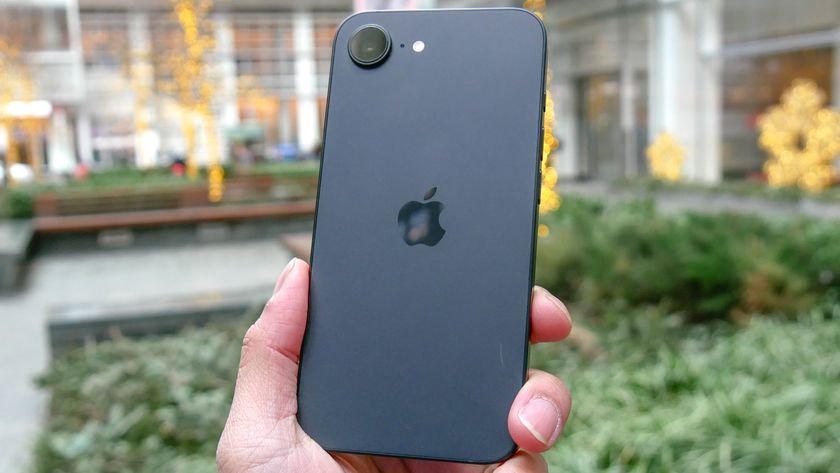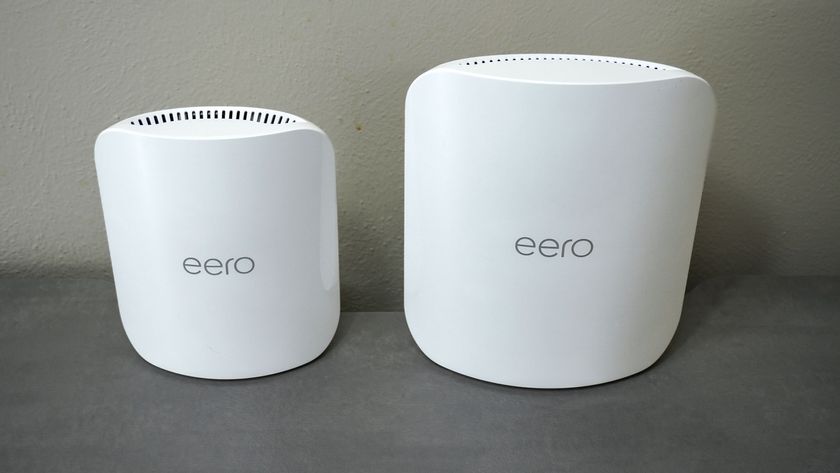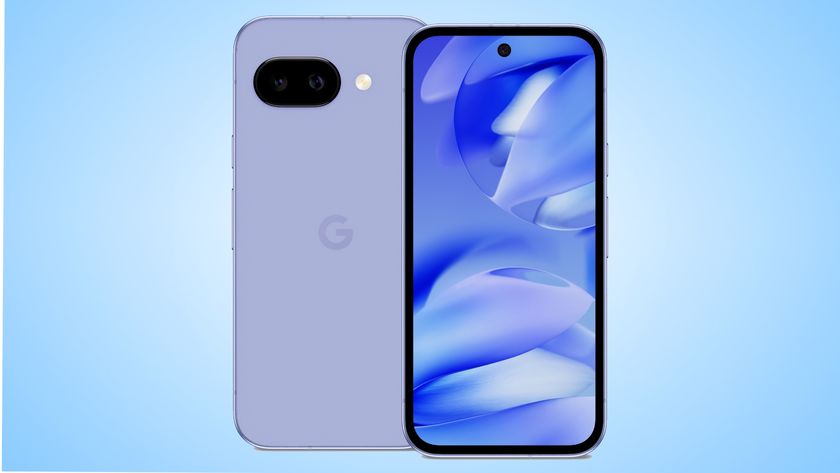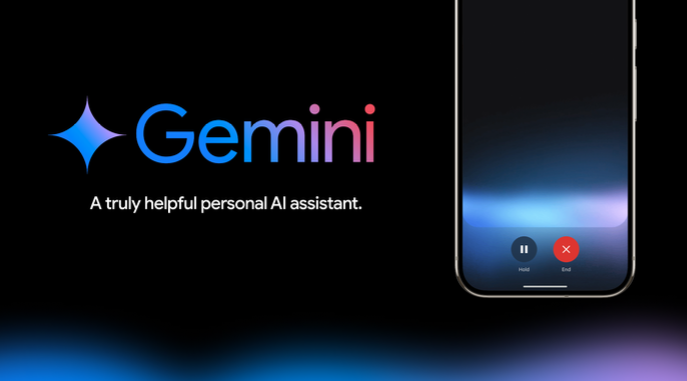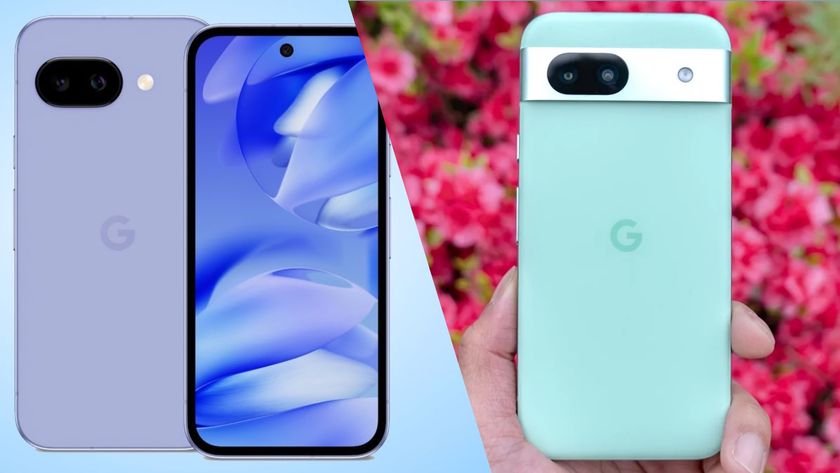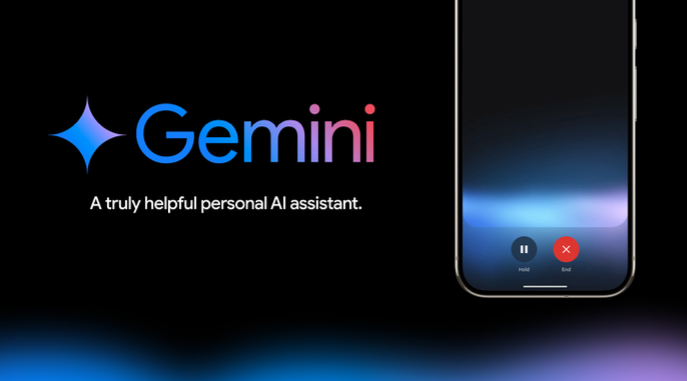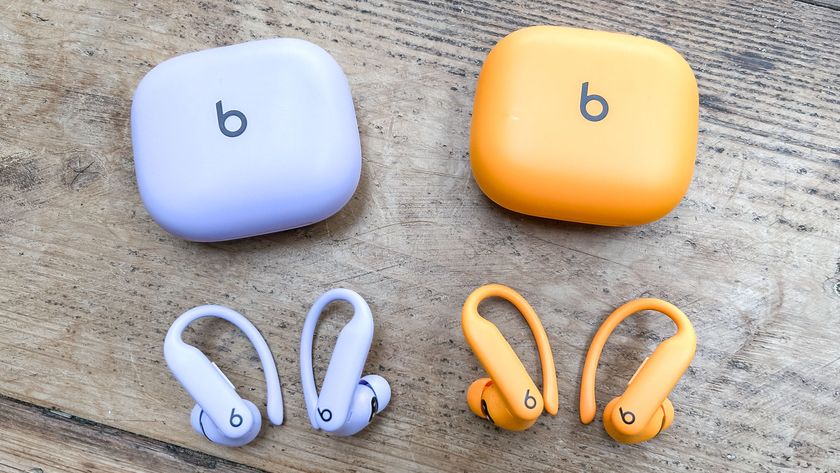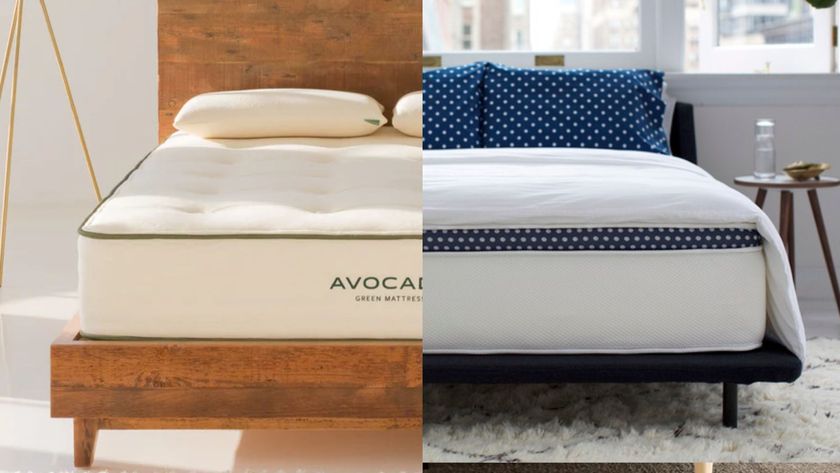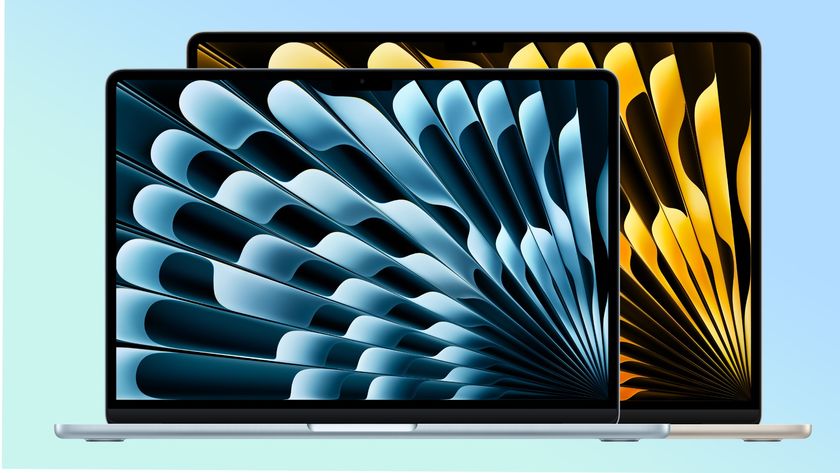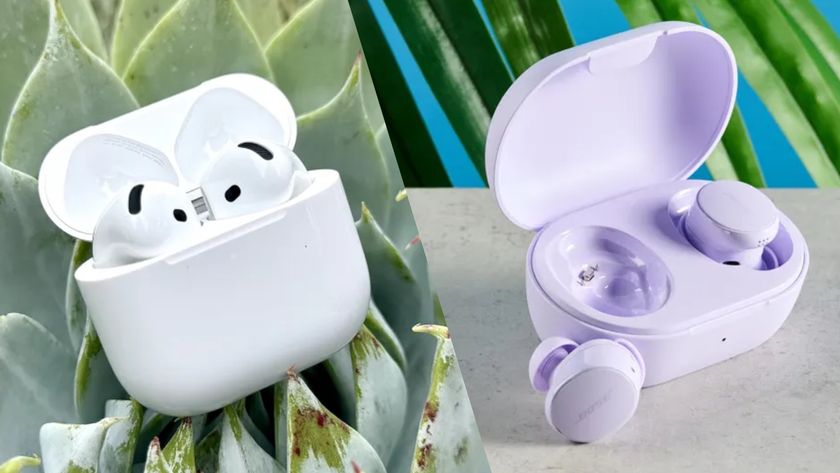iPhone 12 vs Google Pixel 5: Camera face-off
The iPhone 12 are Pixel 5 two of the best camera phones you can buy. But which is better?
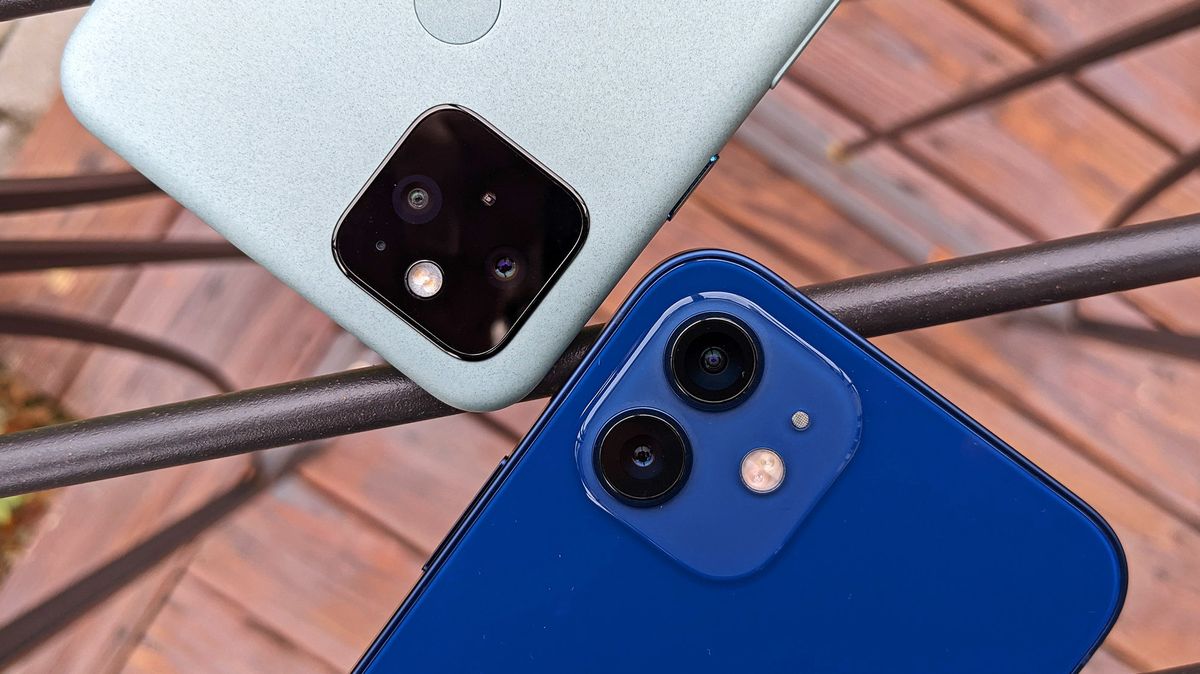
The $699 Google Pixel 5 and $799 iPhone 12 are rebuttals to the notion that one needs to spend upwards of $1,000 for a smartphone with excellent cameras.
Both of these devices have primary wide-angle and ultrawide lenses, both are loaded with software tricks like night modes and simulated bokeh effects for portraits and both are among the best camera phones available now, especially considering what they cost.
- iPhone 12 Pro review: Apple's more premium iPhone, tested
- See our full Google Pixel 5 review
- Plus: Buying iPhone 12? Here are 6 things to know about 5G
But which camera phone is best? To find out, we staged a handful of photo comparisons between the iPhone 12 and Pixel 5 in similar scenarios. What we observed may surprise you — while the results from both phones dazzle, sometimes they can be very different, and choosing a winner isn't easy.
Your preference may depend on the kinds of photos you like to take, as each handset certainly exhibits advantages and disadvantages. Read on for our in-depth iPhone 12 vs. Google Pixel 5 camera comparison.
iPhone 12 vs. Google Pixel 5: Camera specs compared
Before we get into the side-by-side image comparisons, let's take a look at the imaging hardware. Both the iPhone 12 and Google Pixel 5 have dual-lens rear cameras and both also have wide and ultrawide lenses, but there's some key differences.
The iPhone 12 packs a 12-megapixel primary wide-angle shooter with a new 7-element lens and ƒ/1.6 aperture, the fastest ever in an iPhone. These improvements are said to allow 27% more light to reach the image sensor, thus enhancing the detail and color of low-light images. The ultrawide camera is also rated at 12MP, with an ƒ/2.4 aperture.
The Pixel 5 utilizes Google's tried-and-true 12.2MP, ƒ/1.7 primary shooter (also present in the Pixel 4a and 4a 5G) accompanied by a 16MP, ƒ/2.2 ultrawide lens with a 107˚field of view. This is narrower than the 120˚ perspective of the iPhone 12's ultrawide lens, meaning that the Pixel won't be able to fit quite as much of a given scene in the frame using its secondary optic as the iPhone can — a fact you'll soon see in our side-by-side comparisons.
On the front, the iPhone 12 features a 12MP, ƒ/2.2 camera for selfies, while the Pixel 5's front-facing shooter comes in the form of a decidedly low-resolution 8MP, ƒ/2.0 front camera.
Round 1: Creek
We begin our face-off with a pair of images of a picturesque creek at the peak of autumn. Both offer stunning detail and clarity, and really make you remark on how far mobile imaging in a relatively short amount of time.
Look closely, though, and differences slowly reveal themselves. More light bounces off of the water in the iPhone 12's shot, compared to the Pixel 5's. The shadows in the brush and leaves captured by Apple's phone are brighter than they are in the Pixel 5's rendition. And yet, the Pixel 5 brings more attention to the specular highlights and light being picked up by the leaves above the creek, filtering the sun's rays as they shine down.
Overall, personally I want to give the nod to the Pixel 5 here, for its superior contrast and deeper greens, especially in the darker regions of the frame. Most phone makers tune their imaging algorithms to decrease the strength of shadows, and while neither Apple or Google are the worst offenders in that respect, I do feel that in this particular instance, Google's device is more willing to preserve the weight of shadows, which in turn adds more body and richness to the scene. Still, there's very little between the two.
Winner: Pixel 5
Round 2: Portrait
Next we have a pair of portraits, both of which employ each device's Portrait Mode. Neither device has a telephoto lens, which means portraits end up being quite removed from the subject. However, the Pixel 5 does automatically crop into the frame somewhat, neutralizing the need to get up close.
There are aspects of each image to commend here. The Pixel 5 better picks up the sunlight hitting my colleague Jesse's face; it also provides more detail within the deepest shadows of the scene, on his right shoulder.
However, the iPhone 12 takes this round for two reasons in particular: sharpness and noise (or, rather, lack thereof). The iPhone's rendition is so much crisper overall even when you zoom in, which is honestly an incredible feat considering this shot was captured by a regular wide-angle camera, rather than a telephoto with an optical advantage. Apple's device also better isolates Jesse from his background, and paints a smoother bokeh across the wall of trees behind him.
Winner: iPhone 12
Round 3: Flower (2x zoom)
While neither the iPhone 12 nor Pixel 5 has a dedicated optical zoom lens, they both have the ability to zoom digitally. And this comparison highlights what I find to be the biggest weakness of every iPhone camera — not just the one in the iPhone 12.
For the last few generations of Pixels, Google has employed a technology it calls Super Res Zoom to improve the sharpness and general quality of digital zoom beyond what you used to typically get from most smartphones. I say "used to" because many phone makers on the Android side, from Samsung to OnePlus, use similar systems. When digital zoom is done well in this way, you don't lament the lack of true optical zoom quite as much.
Apple, however, isn't doing that — or if it is, we can't tell. Here we've employed 2x zoom on each phone to close in on this flower, and the Pixel 5 delivers noticeably more detail near the center of the petals, picking out the yellow spots and nuance in the petals' texture. Behind the scenes, the Pixel 5 is using a combination of artificial intelligence and natural hand movement to essentially reconstruct the scene, filling in pixels on the image sensor that would normally have to be inferred.
Whatever the iPhone 12 is doing to enhance zoom here, it doesn't appear to be working quite as well. The iPhone 12's shot is generally noisier and blurrier, with the difference in quality becoming more obvious the closer you look.
Winner: Pixel 5
Round 4: Night with ultrawide
New for the iPhone 12 is the ability to capture Night Mode shots with any of the phone's cameras, rather than just the main wide-angle optic alone. Thus, here you see two photos, taken using each device's respective night mode and ultrawide lens.
It's plain to see there's a massive difference in the results here, for a couple reasons. First, the iPhone 12's wider field-of-view definitely plays a role, corralling more of the surrounding environment in the frame, at the expense of increasing distortion at the fringes. Anyone hoping to use their handset for the widest ultrawide shots, then, are going to want to spring for the iPhone.
On the other hand, if you're planning to do more night photography with your next smartphone, you should probably choose the Pixel 5 instead. Google's device clearly lights more of this scene, while the iPhone 12's visibility seems to be constrained to a narrow cone in the center of the image that is the most well-lit.
The iPhone's shot also gets very blurred at the fringes, which results in a trippy tilt-shift like phenomenon. I wouldn't call the Pixel 5's example perfect by any measure, but it's at least far more consistent, and for that it emerges ahead here.
Winner: Pixel 5
Round 5: Painting
These two shots of the same painting indoors provide a good opportunity for the iPhone 12 to show off what its Deep Fusion mode can do. This technology relies on a wealth of information captured across many exposures to deliver an optimized final result designed to punch up clarity and fidelity within really fine details, like the texture of the canvas and the globs of paint seen here.
The thing is, I'm not entirely sure Deep Fusion has honed in on those details better than whatever Google's approach is. To my eye, the Pixel 5's rendition is sharper, with more of the canvas' hatchwork texture being discernible. There's of course an apparent difference in white balance, and I prefer the warmth of the iPhone's tuning in this particular instance. In terms of mid-lighting detail though, Google has the last word for now.
Winner: Pixel 5
Round 6: Car (4x zoom)
Here we see another zoom comparison that truly challenges the limits of what these two phones can do. Unfortunately, neither is particularly great, with the low late-afternoon sun descending right behind the garage at the moment these shots were taken, causing a haze to permeate the air between this classic car and I.
At first glance, the iPhone 12's attempt actually seems a bit sharper here despite the 4x distance. But when you zoom in, you begin to see precisely how the device achieves this, with heavy pixelation somewhat resembling the nearest neighbor effect in Photoshop that is especially evident in the brightest areas of the frame, like the vehicle's chrome trim. Details like the license plate and the vegetation behind the car seem cleaner and more natural through the Pixel's lens, though the almost sepia-like cast contributes to muted contrast that satisfies less than the iPhone's slightly-cool take. In the end, neither really comes out ahead.
Winner: Tie
Round 7: Selfie
Finally, here we see a couple selfies of yours truly that look very different, despite identical conditions. The iPhone 12 undeniably claims the sharper portrait here, thanks to its higher-megapixel sensor. The Pixel 5, however, benefits from bolder colors, with increased contrast making for a potentially more realistic shot, though my eyes definitely look more sunken in as a result. Given that most people are inclined to share selfies that make them look better, not worse, I'm drawn toward the iPhone 12's attempt.
Winner: iPhone 12
Round 8: Video
If we're discussing the iPhone 12's camera capabilities, we have to talk about video, not just stills. The iPhone 12's new main lens can make 5,000 adjustments per second to deliver better optical image stabilization than ever before. Additionally, the iPhone 12 can capture Dolby Vision 4K HDR video — something you can't do with any other smartphone, at least at the moment. Apple's device can record 4K video up to 60 frames per second, though to get Dolby Vision, you'll need to cap it at 30 fps. (The iPhone 12 Pro can achieve Dolby Vision at 60 fps.)
That's not to say the Pixel 5 doesn't have some video tricks up its sleeve as well. A quartet of new stabilization modes give you greater control of how the camera deals with motion, whether intentional or unexpected. However, while the Pixel 5 can record 4K video at 60 fps, it can't capture HDR at any resolution or frame rate, which arguably puts it at a serious disadvantage in this age of HDR displays becoming the norm.
Now, you might not be able to see the difference between HDR and non-HDR video in your browser window. That said, you can see the difference in the general smoothness of video and each phone's respective stabilization technologies from the examples we've provided. The Pixel's clip might dampen movements a little more softly, especially at the start of the video where I descend down a few stairs. But the difference isn't vast by any measure, and the iPhone's far brighter highlights and darker shadows, afforded by its HDR capabilities, make it the clear winner where video is concerned anyhow.
Winner: iPhone 12
Winner: Pixel 5
If I was choosing one of these phones primarily on the basis of photo quality, I'd opt for the Pixel 5 for its digital zoom, Night Sight mode, and superior auto white balancing, which I found to produce more pleasing results than the oftentimes cool-tinted output of the iPhone 12. That said, I do like the iPhone 12 for shallow depth-of-field portraits and selfies, and even where Apple falls behind Google in some respects, it doesn't straggle by much.
| Header Cell - Column 0 | iPhone 12 | Pixel 5 |
|---|---|---|
| Creek | Row 0 - Cell 1 | X |
| Portrait | X | Row 1 - Cell 2 |
| Flower (2x zoom) | Row 2 - Cell 1 | X |
| Night (with ultrawide) | Row 3 - Cell 1 | X |
| Painting | Row 4 - Cell 1 | X |
| Car (4x zoom) | X | X |
| Selfie | X | Row 6 - Cell 2 |
| Video | X | Row 7 - Cell 2 |
| Total | 4 | 5 |
However, there's a big caveat to my verdict, and you can probably already guess what it is. Apple's video suite is plainly better thanks to Dolby Vision HDR support built right in, which will make any content you capture look fantastic on your iPhone's screen or a compatible HDR TV or monitor.
The Pixel 5 offers a wider breadth of optical stabilization options, giving you a lot of range to determine how you want the camera to respond if you're panning or moving in a certain way, but the iPhone 12's stabilization system is good enough out of the box. If you tend to record a lot of video on your handset, go with the iPhone 12.
Sign up to get the BEST of Tom's Guide direct to your inbox.
Get instant access to breaking news, the hottest reviews, great deals and helpful tips.
Adam Ismail is a staff writer at Jalopnik and previously worked on Tom's Guide covering smartphones, car tech and gaming. His love for all things mobile began with the original Motorola Droid; since then he’s owned a variety of Android and iOS-powered handsets, refusing to stay loyal to one platform. His work has also appeared on Digital Trends and GTPlanet. When he’s not fiddling with the latest devices, he’s at an indie pop show, recording a podcast or playing Sega Dreamcast.
